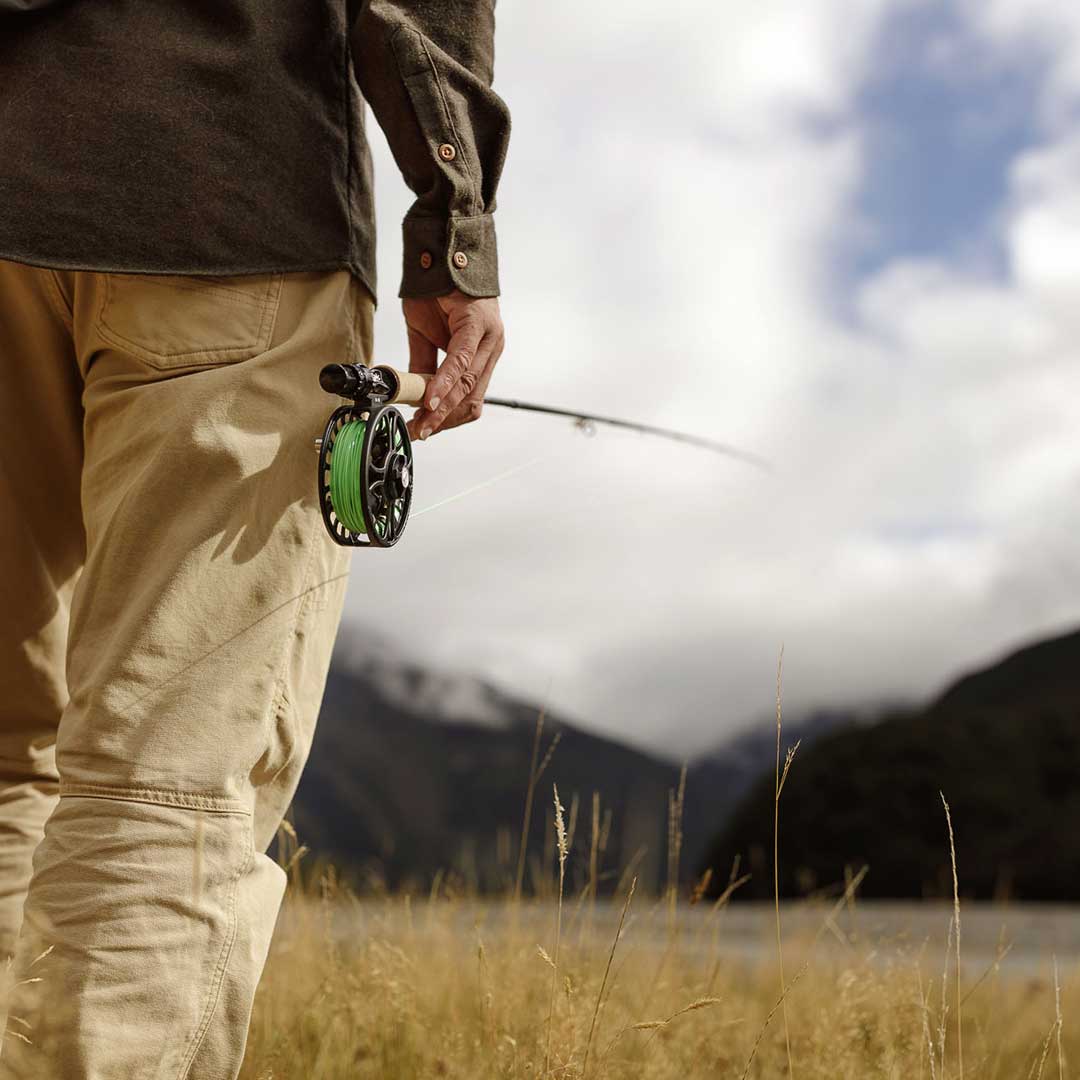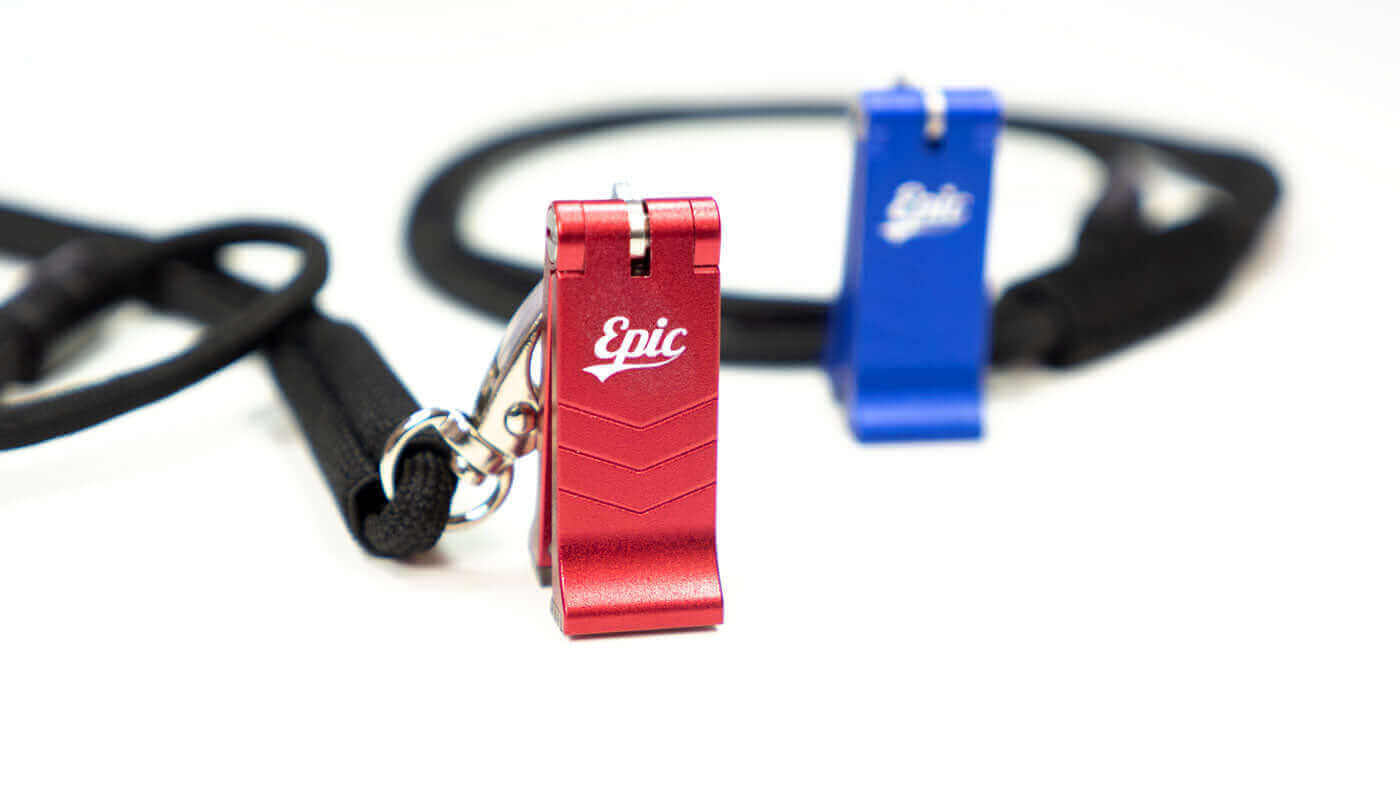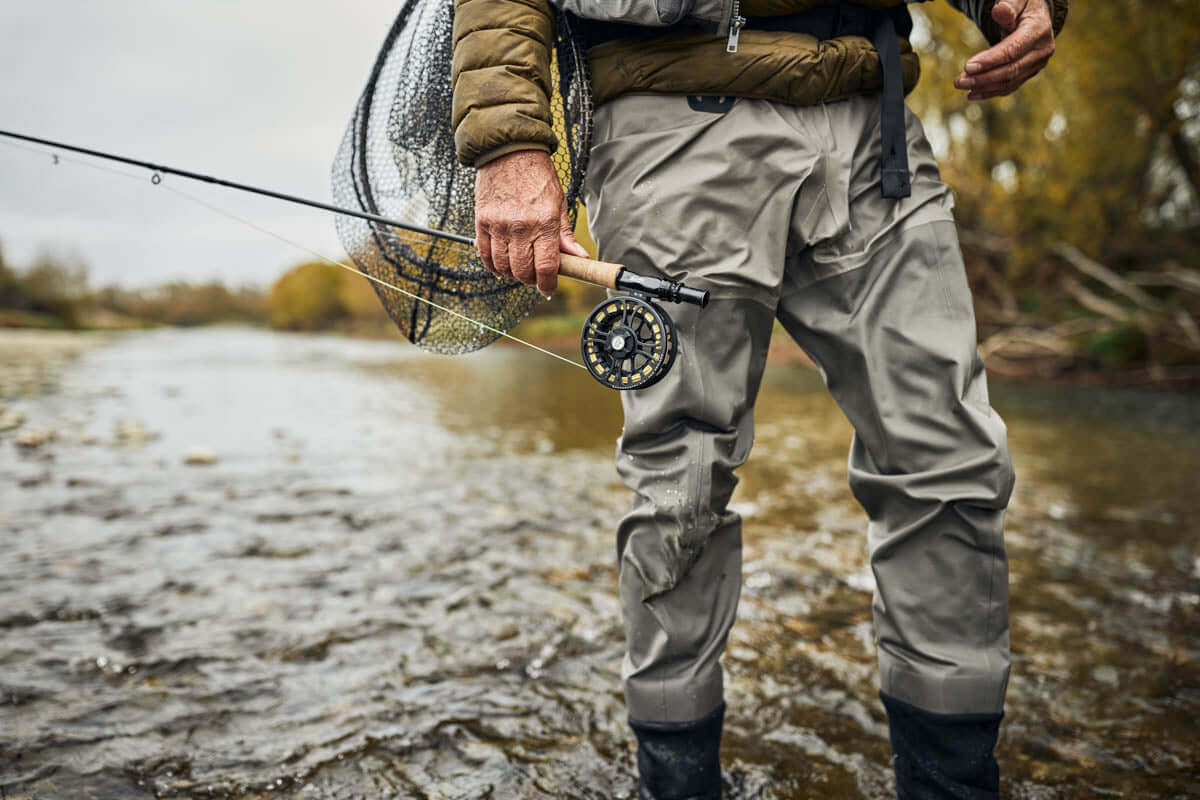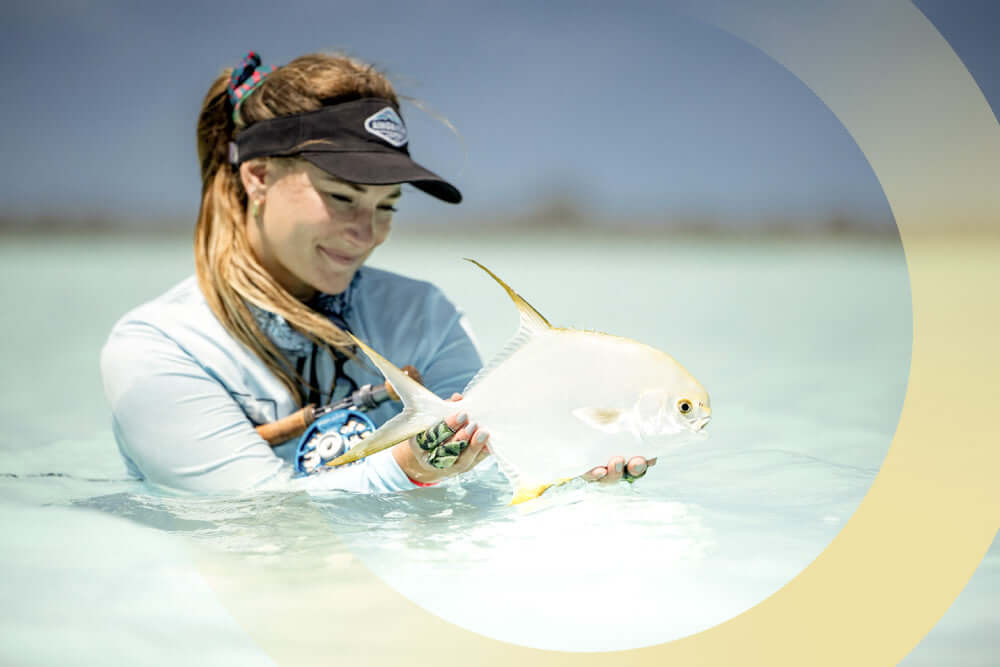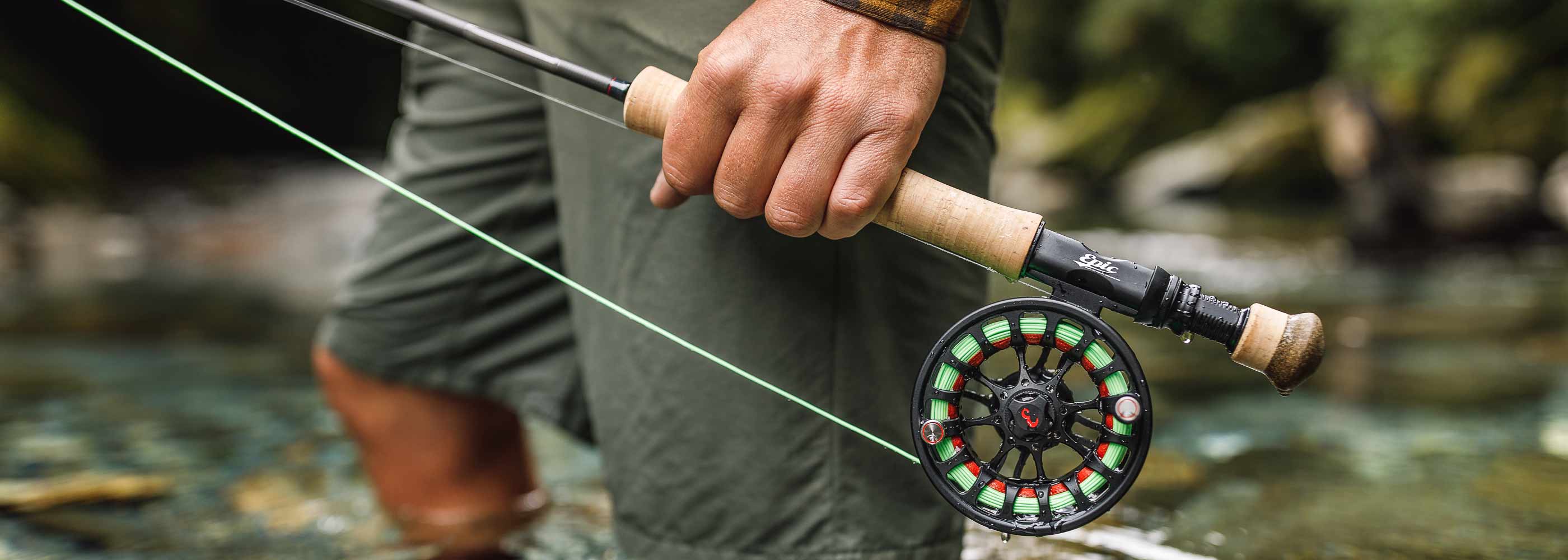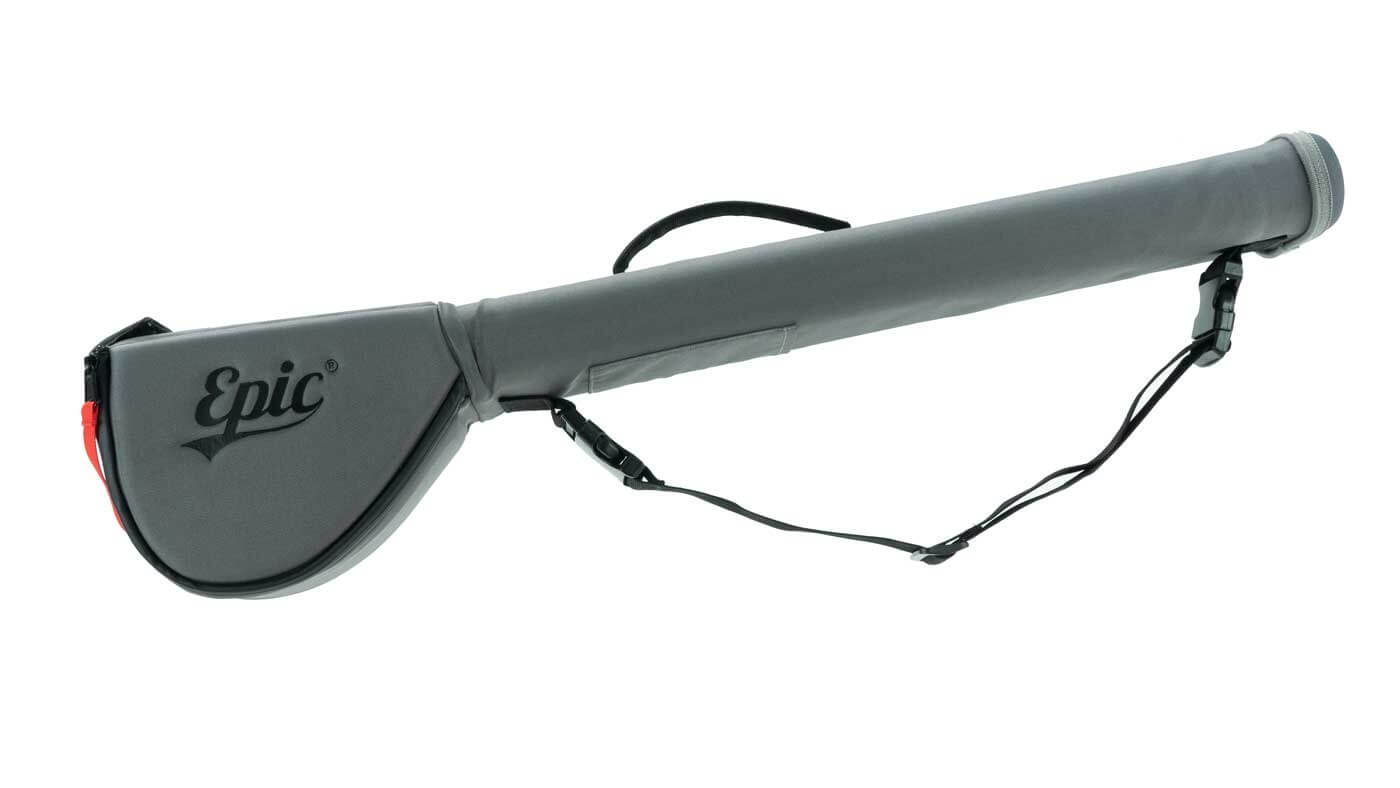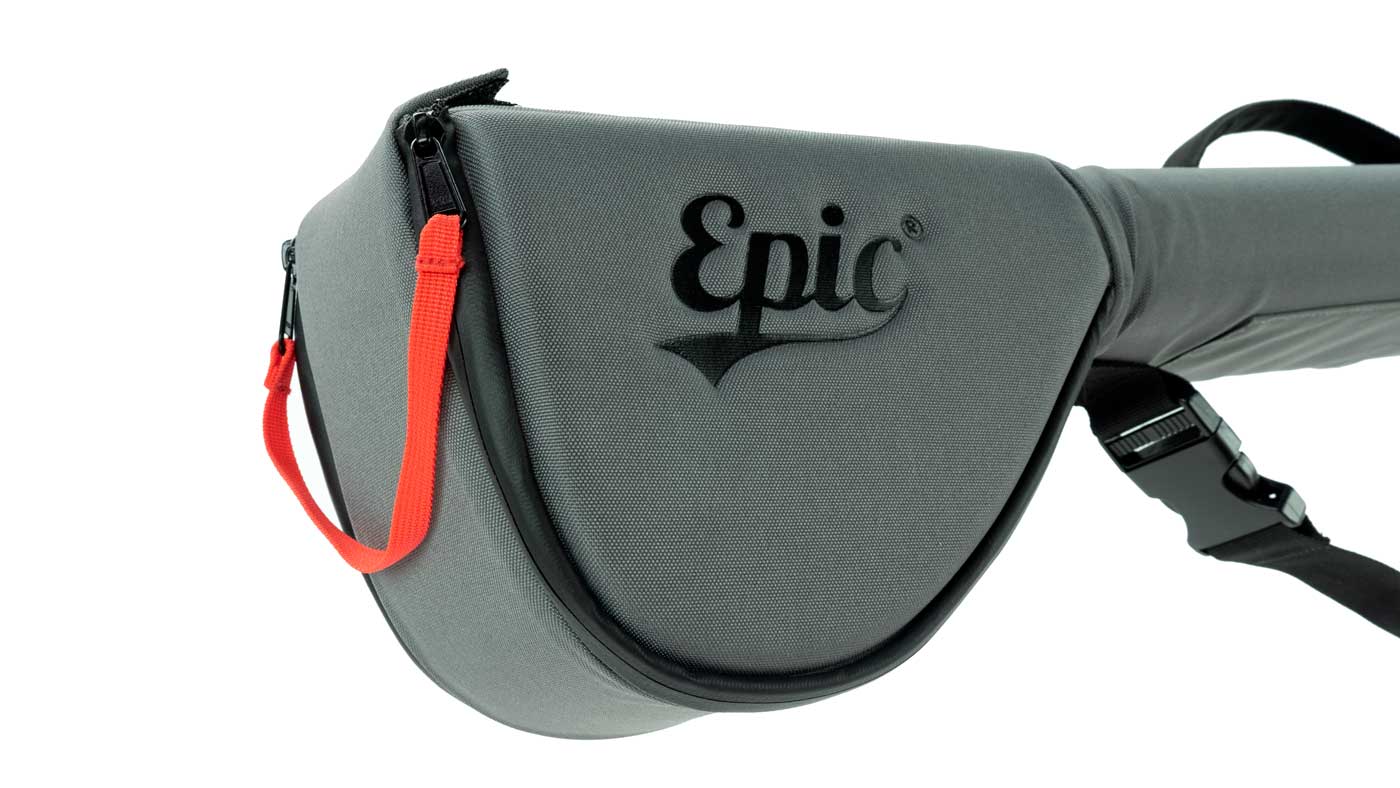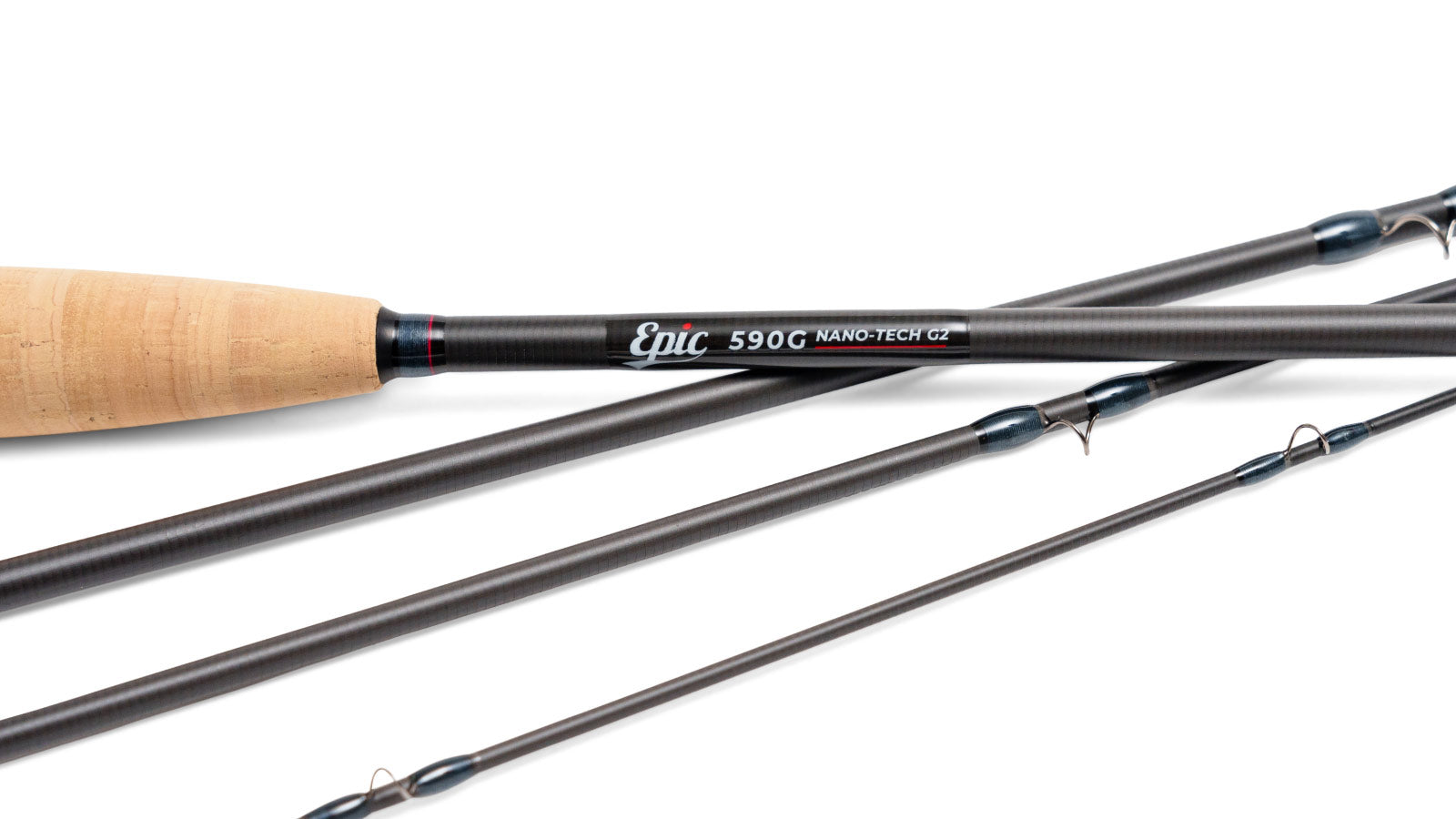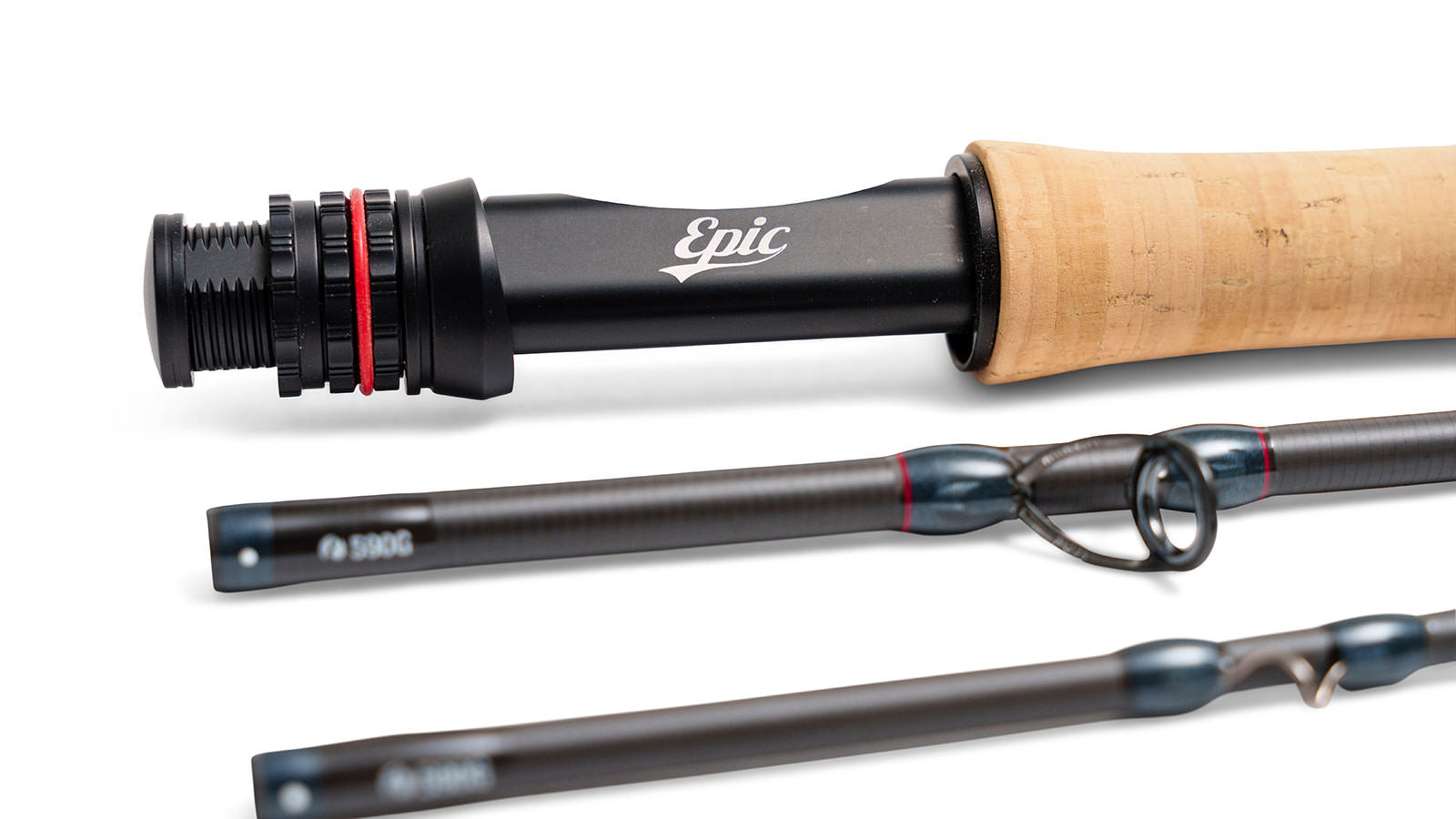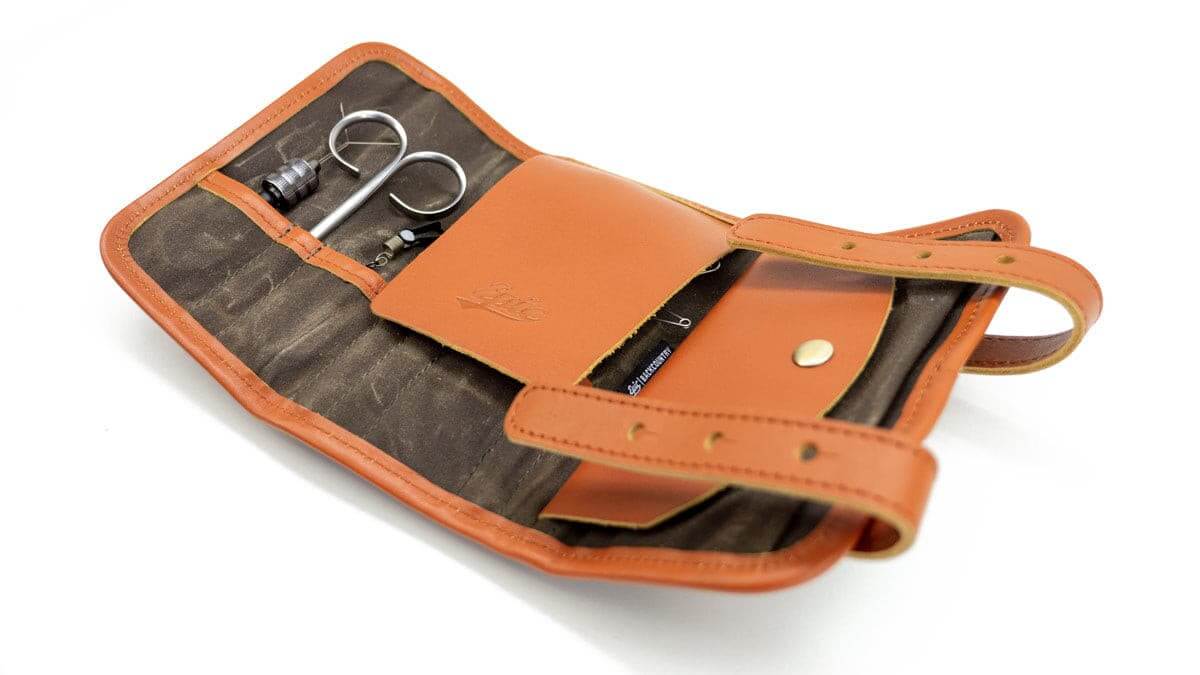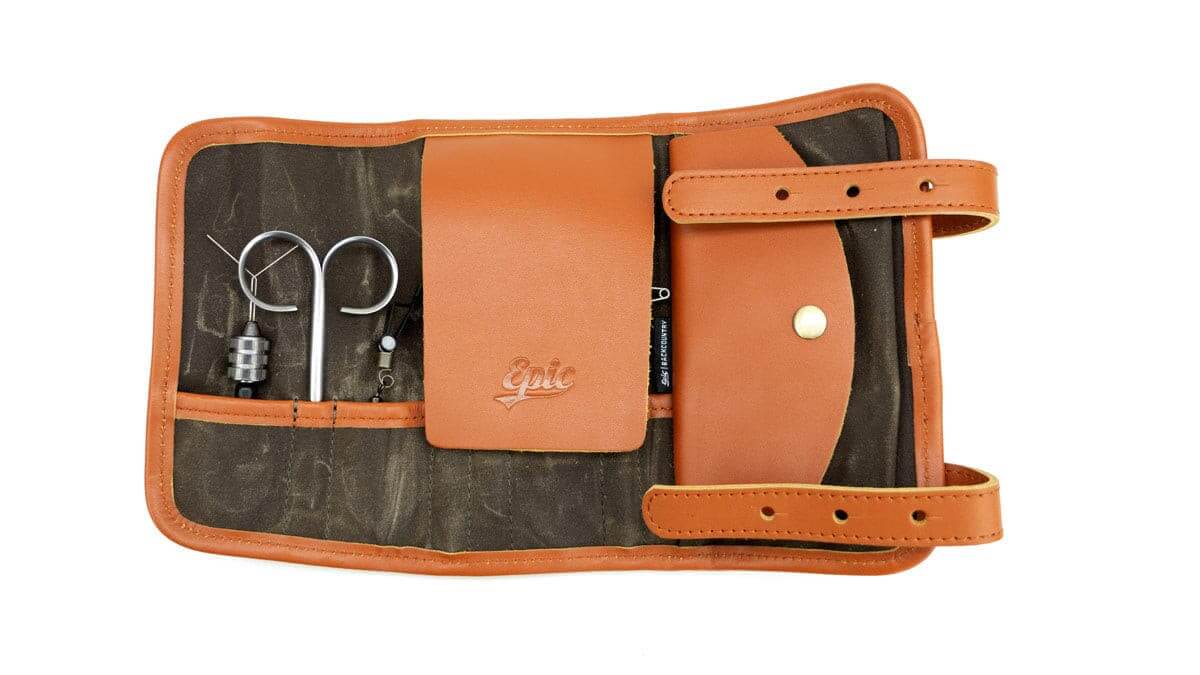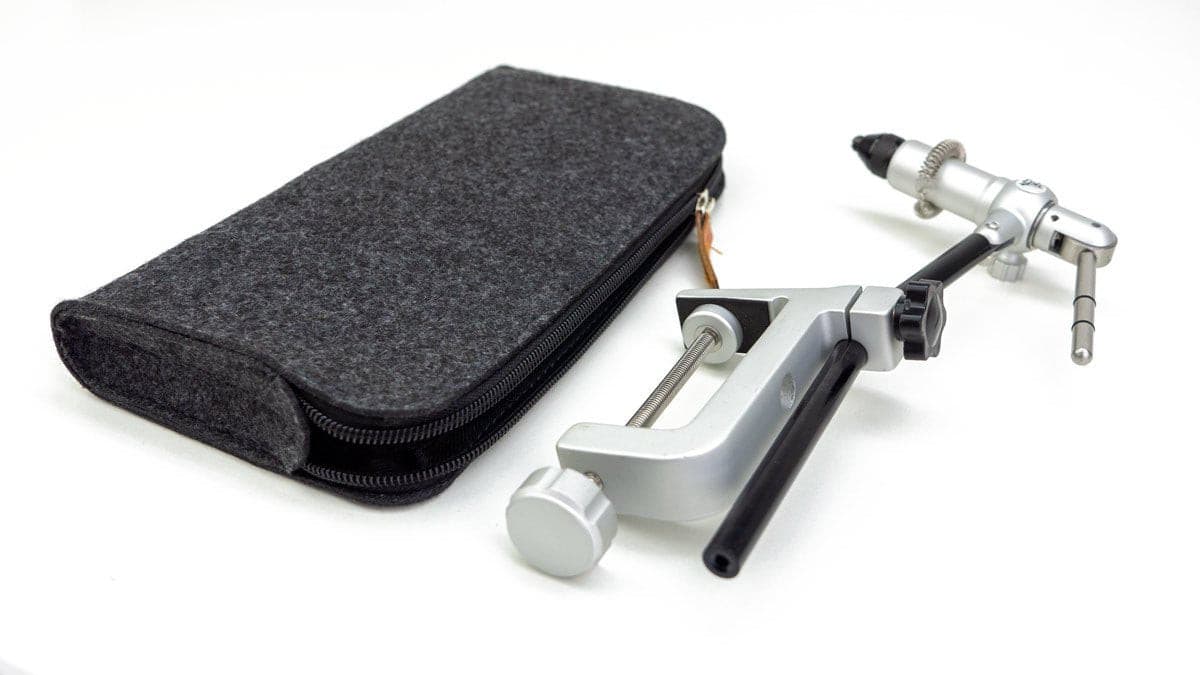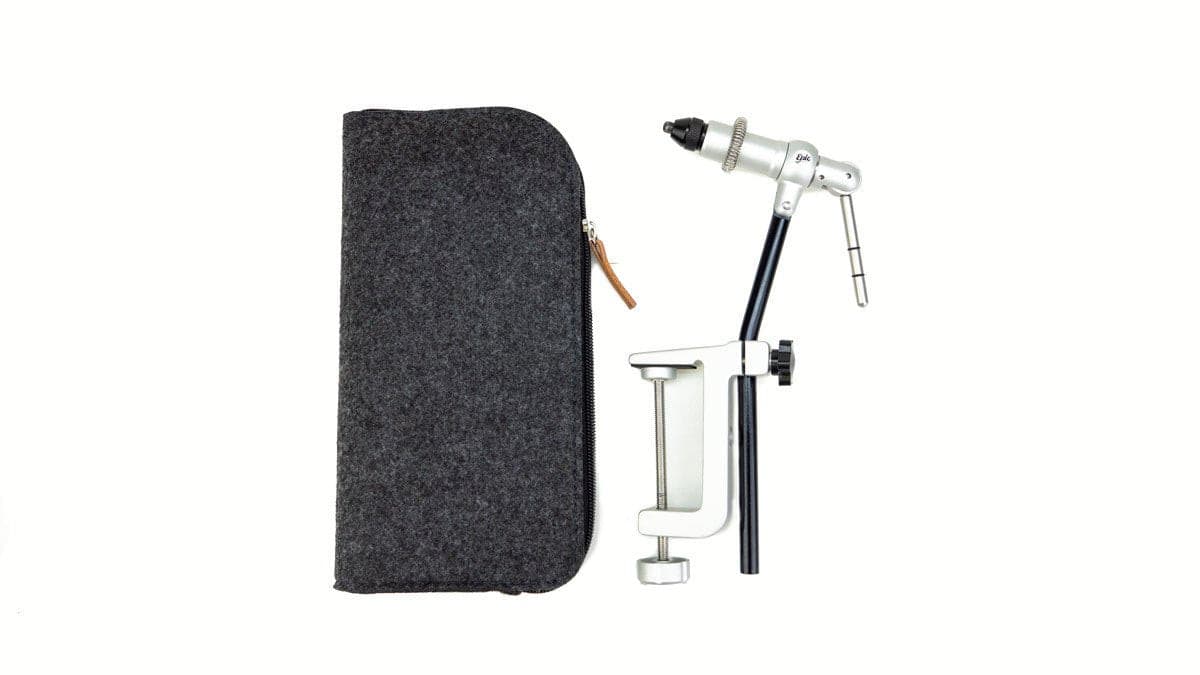How a Fly Rod Works
While the answer might seem fairly obvious, a fly rod is by design, quite a clever piece of engineering and a very different beast compared to rods used for spinning, surf and bait fishing.
To help explain things and simplify a little, for this article let’s call any type of fishing other than fly fishing “conventional” fishing.
A conventional fishing rod is designed to accelerate and ‘throw’ a weight off the tip - Usually some sort of weighted lure or lead sinker. This travelling projectile then pulls line off the reel as it travels through the air. The greater the velocity you can impart to the weight, the further the weight will fly and the more line that will be peeled off the reel (all things being equal).
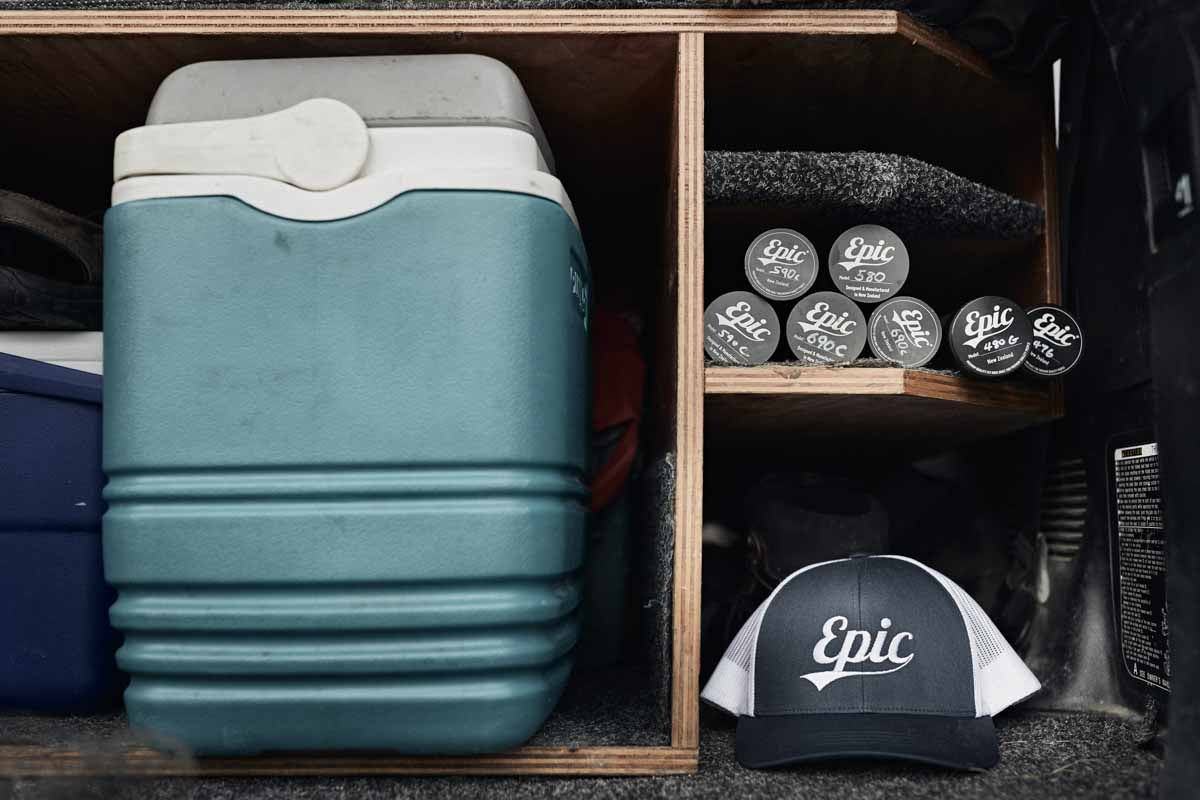
Fly casting works a little differently however. By comparison, a fly (the bit with the hook on it) is comparatively weightless, and does not have sufficient mass to pull any line from a reel. In fact, when it comes to fly casting the greater the mass (weight) of the fly, the more difficult casting that fly becomes.
This situation is compounded with large bushy air resistant flies - they act more like a parachute than a projectile.
So, how can you cast a lightweight air-resistant fly far enough to get in front of a fish?
The answer is in the fly line.
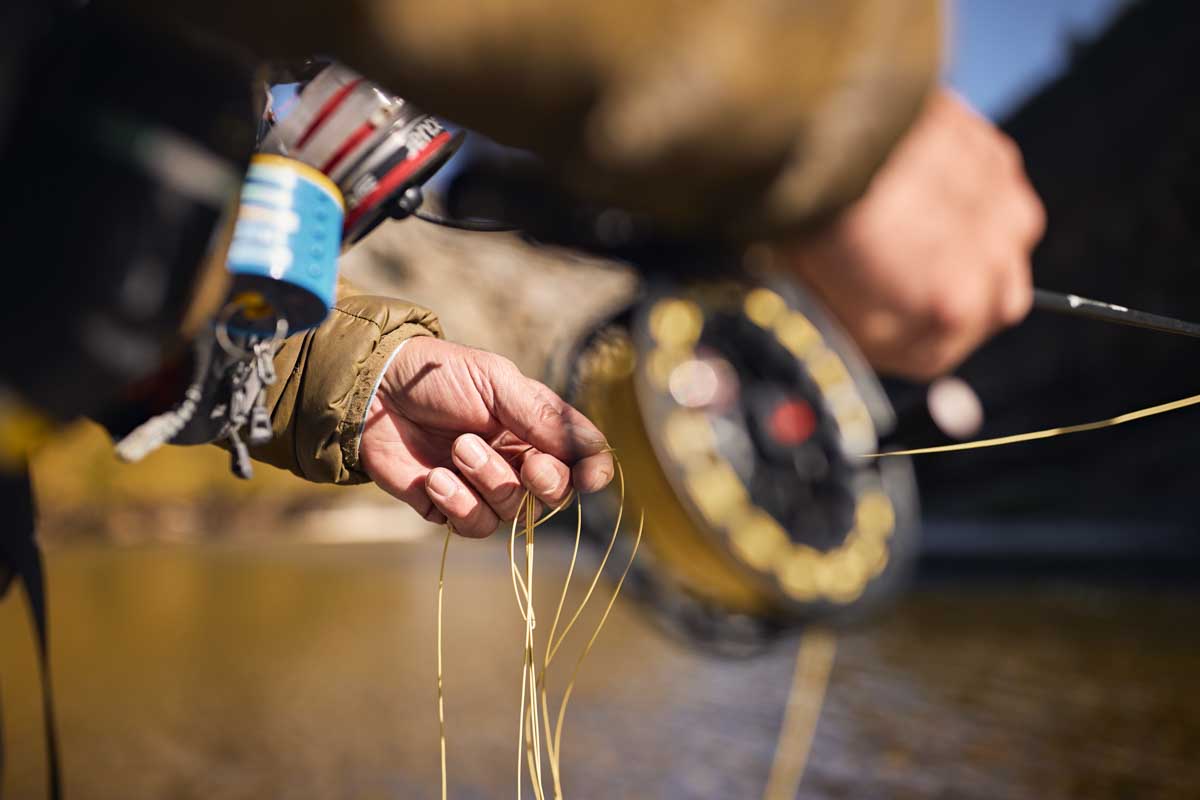
In the conventional casting example above, the lure has weight, the line is extremely light and has a small cross sectional diameter - the line presents comparatively little resistance as compared to the heavy weight ‘towing’ it out through the air. I.e mass in the lure - little mass in the line. The weighted lure pulls the line.
Clearly then, a very light fly presents a problem. It’s simply not heavy enough to tow a line out through the air.
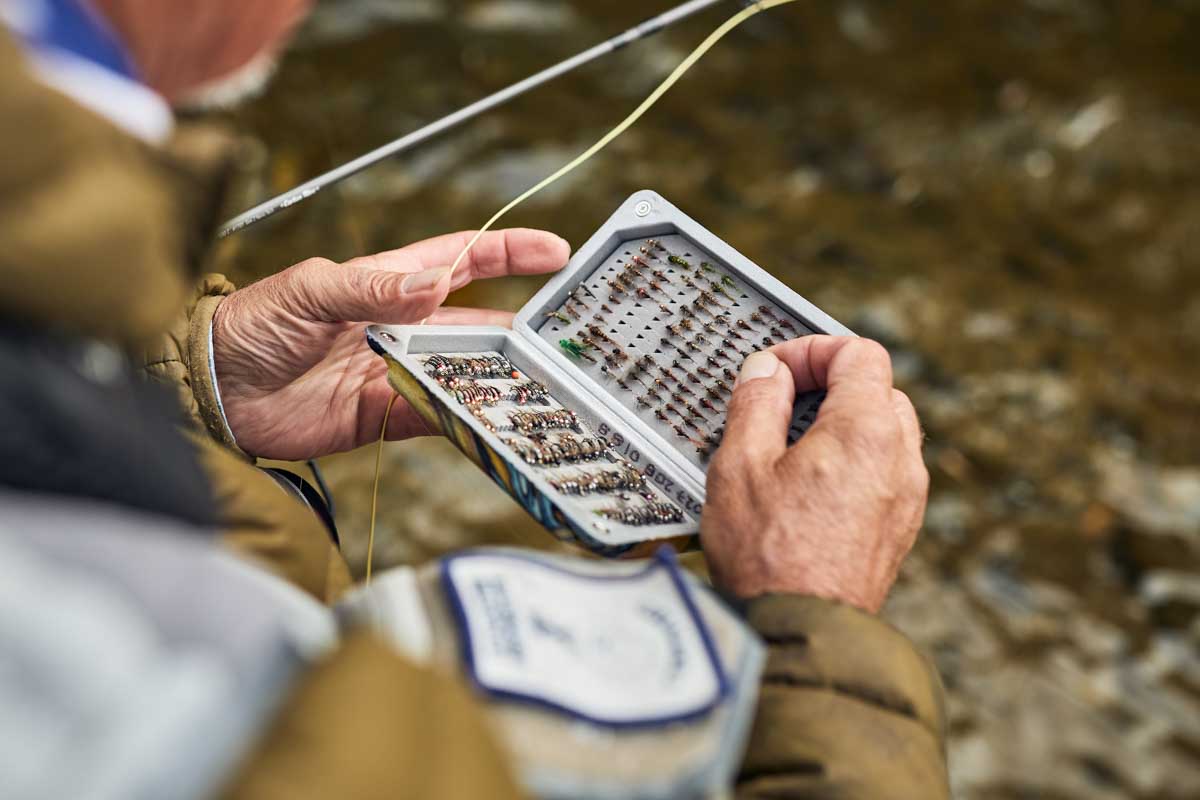
In this case, the mass required to deliver the fly to its destination is present in the fly line.
Fly lines have mass, far greater mass than the monofilament and braided lines used with conventional casting rods. Fly lines are quite thick and heavy by comparison - and that’s where the mass needed to get a fly from A to B comes from.
In fly casting you cast the mass of the fly line - the fly simply goes along for the ride.
We’ve all seen those beautiful - and sometimes not so beautiful - candy cane loops of fly line created by fly casters. That unfurling loop of fly line tows the fly forward as the loop propagates through the air. Almost the opposite of what occurs when throwing a heavy weight with conventional gear.

So, now that we’ve established that things seem to be a little back to front when it comes to fly casting, this helps explain what is different about a fly rod. There are a few aspects of a fly rod that immediately set it apart:
- A fly rod tends to be longer than most fishing rods (surf casters aside) At 7 to 14 feet, with 9 ft being the norm the most common fly rods
- Fly rods are comparatively thinner
- Fly rods are comparatively lighter
- Fly rods are more flexible than the stiff rods used to cast big weights
 All these properties are intrinsic to fly rods. And perhaps most of all, they need to be flexible, for they not only cast lighter weights; that flex and that bend are required to cast a fly line efficiently.
All these properties are intrinsic to fly rods. And perhaps most of all, they need to be flexible, for they not only cast lighter weights; that flex and that bend are required to cast a fly line efficiently.
In order to create those candy cane loops we touched on earlier, the tip of a fly rod needs to travel in a relatively straight line path. Keep in mind here, that when casting a fly rod the caster essentially takes what is a rotating motion down at the wrist and arm and converts this into a relatively straight line path out at the rod tip - and to do this effectively a fly rod needs to bend. So essentially a fly rod takes a rotational force and converts it into a straight line acceleration - very simple, very clever.


